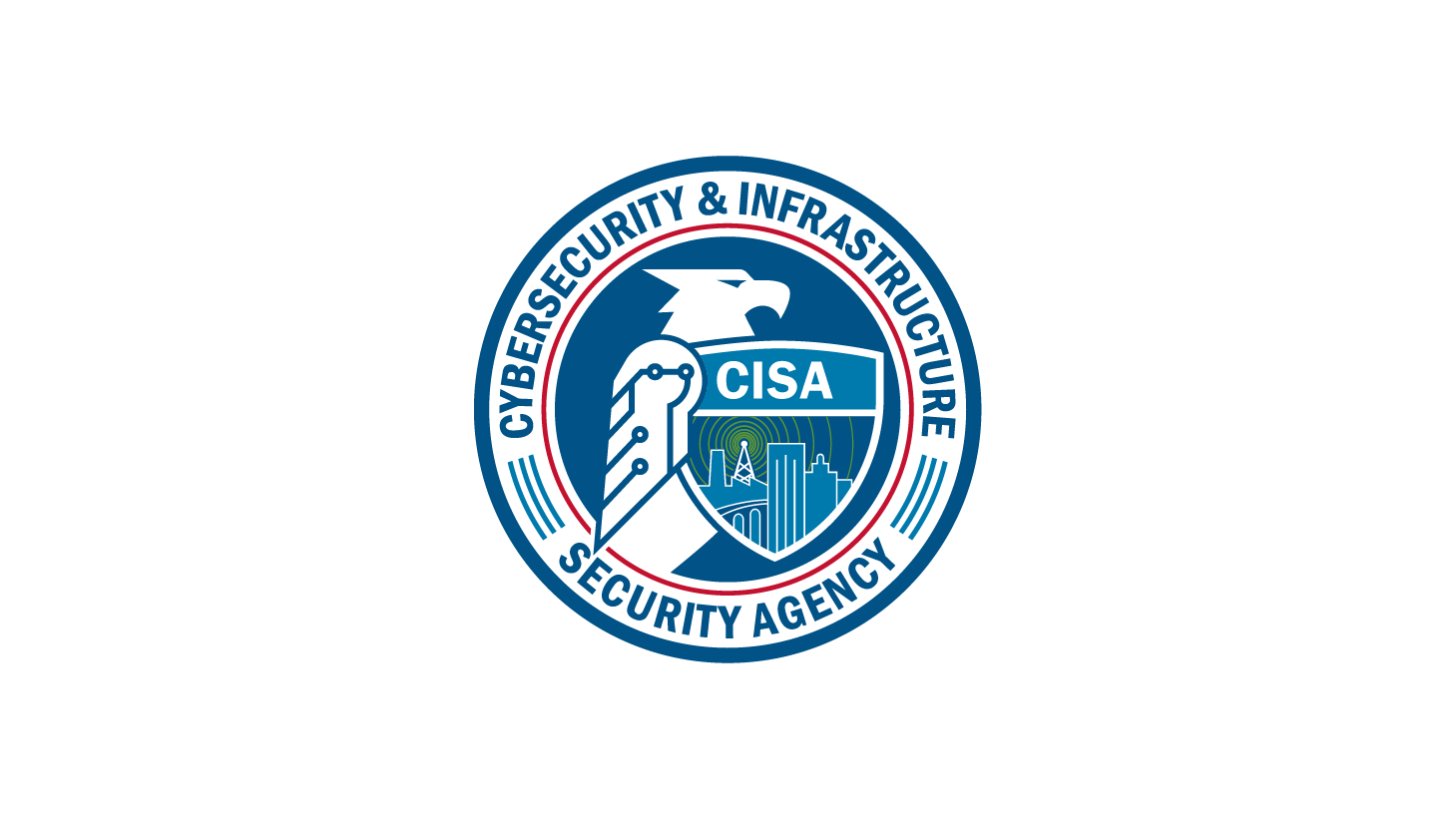Mitigation Alternatives Evaluation Guide

Mitigation Alternatives Evaluation Guide
What mitigation measures are already in place to reduce risk to community functions and/or lifeline systems?
- Does the alternative enhance or build upon existing mitigation measures?
- Does the alternative circumvent or make obsolete existing mitigation measures?
To what extent does the alternative address a critical risk?
- How large will the alternative’s effect be in helping critical facilities or systems withstand, adapt to, or recover from adverse events?
- Does it address multiple hazards?
- Does it address critical community functions?
- Does it affect the resilience of multiple systems?
- Does it mitigate a risk to a system upon which multiple other systems or functions are dependent?
- How much of the population is protected by or will benefit from this mitigation measure?
Will the alternative provide other benefits or impose other costs?
- Are there social, environmental, economic, political or other benefits that make the alternative more valuable?
- Or are there conversely other non-financial or resource costs attendant to the alternative?
- Are there others affected (positively or negatively) by the alternative?
How much will the alternative cost?
- What is the short and long-term financial cost of implementing the alternative?
Is the alternative likely to succeed in implementation?
- Are there barriers – such as technical feasibility, legal issues, or political opposition – that would pose challenges to implementation?




